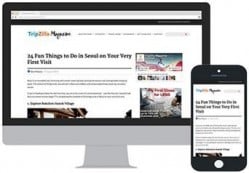If you’re heading to Seoul anytime soon, take note. As of 28 June 2025, subway rides in the city now cost a little more.
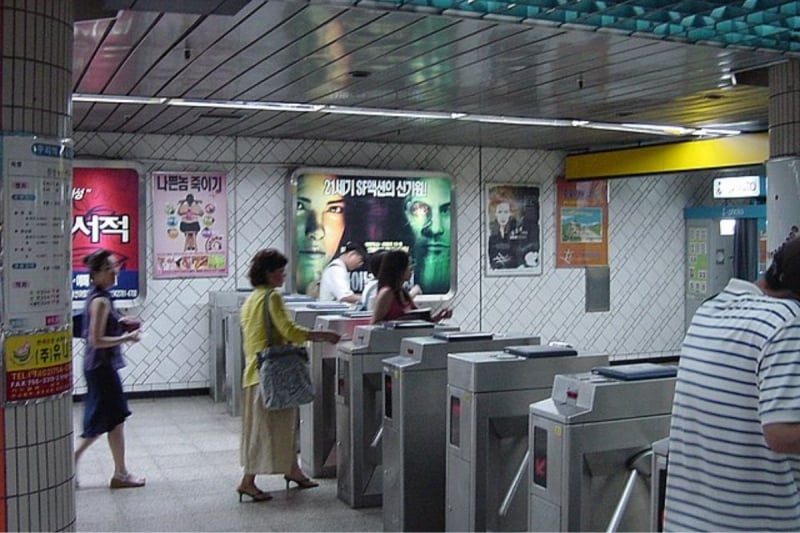
Image Credit: Alex C via Wikimedia Commons
This fare increase is part of a two-step plan introduced last year to keep the transit system running smoothly. It affects the entire Seoul metropolitan network, including subways in Seoul, Incheon, Gyeonggi Province, and lines operated by Korail.
Also read: How to Use the Seoul Subway: The Ultimate Guide to Getting Around
How much more will you need to pay?
The price adjustments affect most rider categories, from regular commuters to early risers. Whether you’re tapping in with a T-money card or paying by cash, expect to see slightly higher charges across the board.
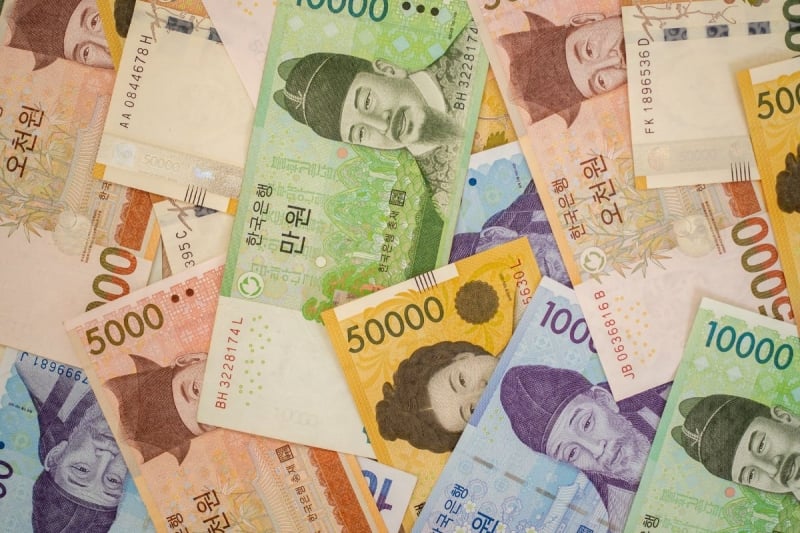
Image Credit: shisuka via Canva Pro
Here’s a breakdown of the new fares:
-
Base fare (T-money/transport card): from ₩1,400 (S$1.68) to ₩1,550 (S$1.86)
-
Cash fare for adults (19 and above): from ₩1,500 (S$1.80) to ₩1,650 (S$1.98)
-
Teenagers using a card: from ₩800 (S$0.96) to ₩900 (S$1.08)
-
Teenagers paying by cash: from ₩1,500 (S$1.80) to ₩1,650 (S$1.98)
-
Children (card or cash): from ₩500 (S$0.60) to ₩550 (S$0.66)
If you’re someone who likes to catch the first train of the day or head out before the crowds, early morning fares have also gone up slightly:
-
Adults (before peak hours): now ₩1,240 (S$1.49) (previously ₩1,120 (S$1.34))
-
Teens: ₩720 (S$0.86)
-
Children: ₩440 (S$0.53)
For reference, a return subway ride now costs around S$3.72 if you’re using a transport card. If you’re taking four to six rides a day — say, hopping from Gyeongbokgung to Dongdaemun, then to Gangnam — that’s roughly S$7 to S$11 daily on subway fare.
Also read: Seoul Bus Guide for Tourists: How to Ride, What the Colours Mean & Why It’s Worth It
Why did fares go up?
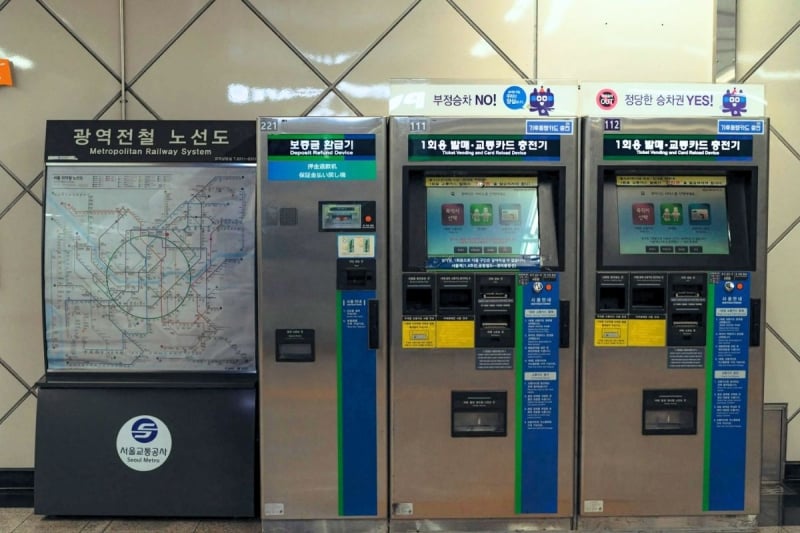
Image Credit: Khanh Nguyen | Pexels
According to the Seoul Metropolitan Government, this is the second and final stage of a planned ₩300 hike. The first phase took effect in October 2023, and this latest round was confirmed after public hearings, city council consultations, and a review by the Price Policy Committee.
The fare increase is meant to address operational losses and rising costs, which have been mounting in recent years. To make things smoother for riders, the government coordinated the hike across Seoul, Incheon, and Gyeonggi so there’s a consistent fare system throughout the region.
What this means for travellers
The subway is still one of the best-value transport systems in the world. Trains are clean, fast, and frequent, and the network takes you almost anywhere you want to go, from palaces and markets to cafés and hiking trails.
If you’re planning a full day of sightseeing, just be sure to load a little extra onto your T-money card or budget slightly more for transport, especially if you’re travelling with kids or using single-journey tickets.
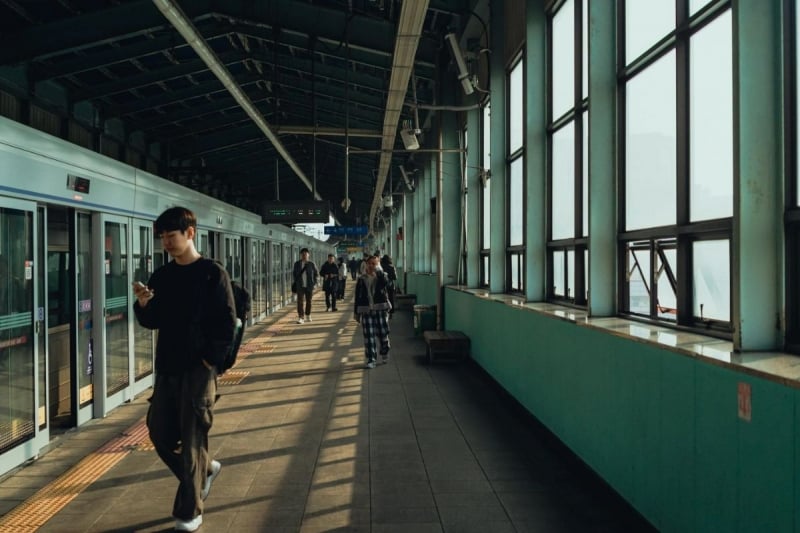
Image Credit: Khanh Nguyen | Pexels
If you’re in town for a few days, consider getting a Korea Tour Card or Discover Seoul Pass, which includes unlimited subway rides (and sometimes buses) over 24, 48, or 72 hours. These passes can help you save if you’re packing multiple attractions into each day, especially now that base fares have gone up.
Tripzilla Tip: You can also still enjoy early bird fares by tapping in before 6.30 am, especially if you’re heading to a sunrise hike or early fish market breakfast.
Also read: 6 Underrated Places You Should Visit in South Korea (That Aren’t Seoul)
Final thoughts

Image Credit: LERK via Wikimedia Commons
Seoul’s subway fare may have gone up, but it remains incredibly affordable compared to most major cities. In many ways, the Seoul Metro is part of what makes the city so easy to fall in love with — it’s clean, fast, well-connected, and thoughtfully designed for both locals and visitors.
Whether you’re a first-timer navigating from palace to palace or a seasoned traveller returning for another round of kimchi jjigae, the subway remains the most convenient way to explore the city.
It also helps that most stations are surrounded by food stalls, underground shopping arcades, and local gems that are often just one transfer away. Even if you’re budgeting more for rides now, the network more than pays for itself in access and ease.
So load up that T-money card, catch the early train if you can, and don’t let the fare hike stop you from wandering the streets, hopping between neighbourhoods, and seeing what Seoul has to offer.




